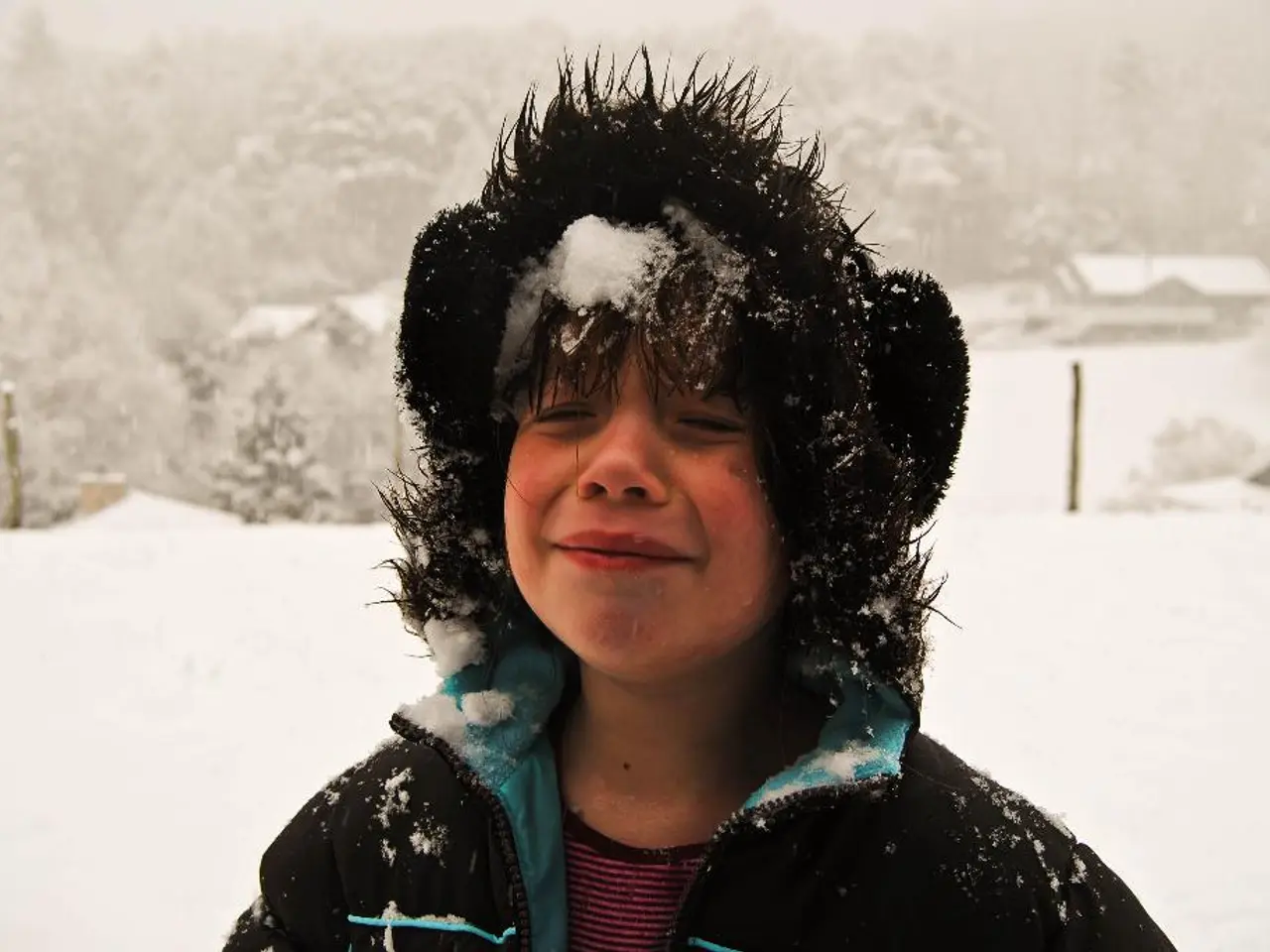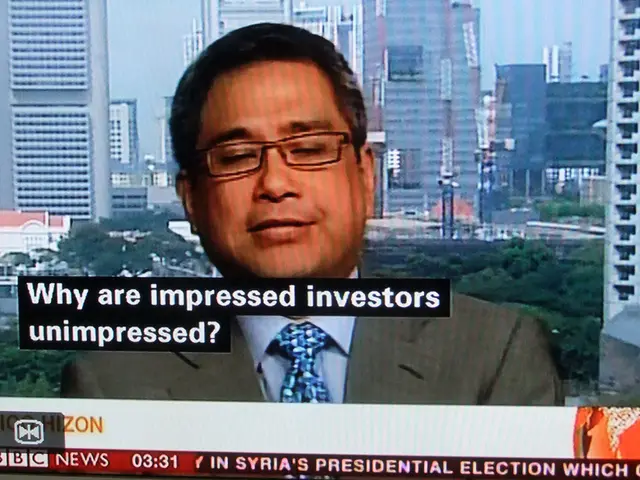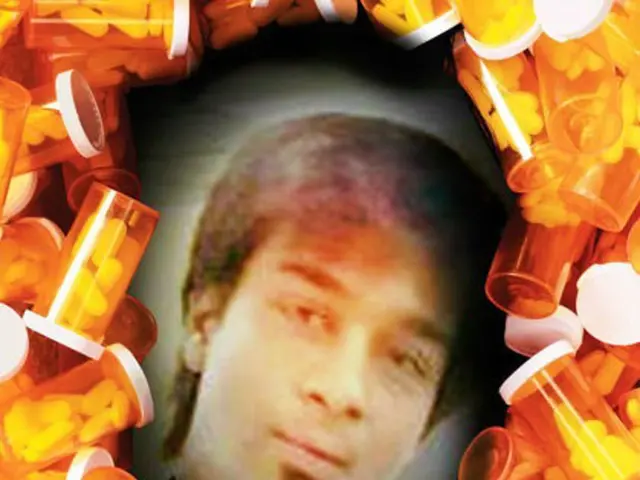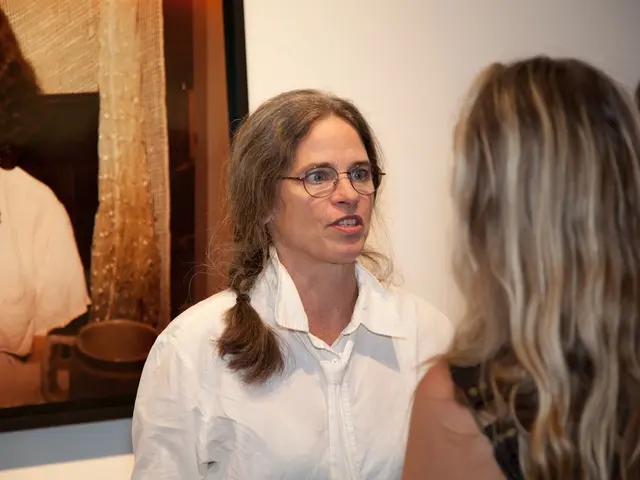Discover and Connect with Your Innermost Self
In our formative years, between the ages of 0 and 8, we develop a very egocentric view of the world, interpreting events as related to us and our intrinsic value. This period sets the foundation for our self-perception, body image, and eating habits, and can also leave deep-seated wounds that manifest in adulthood.
These wounds, often the result of childhood trauma, can be subtle or overt, and their effects can be far-reaching. A wounded inner child may reveal itself through emotional vulnerability, difficulty managing relationships and self-esteem, physical symptoms of chronic stress, and persistent negative internal narratives.
Dr. Susan Albers, PsyD, a psychologist who specialises in the impact of the inner child on adult life, explains that these wounds can lead to depression and anxiety, but the reverse is also true - depression and anxiety can exacerbate inner child wounds.
Common signs of a wounded inner child include unresolved emotions, negative self-talk, feelings of abandonment or rejection, low self-esteem, difficulty setting boundaries, increased feelings of guilt, shame or regret, frequent conflict in relationships or the need to avoid relationships, unhealthy coping mechanisms, people-pleasing activities while ignoring needs, post-traumatic stress disorder (PTSD), addiction, anxiety, depression, and other mental health issues.
If you have unresolved issues from the past and avoid them entirely, they can have a way of creeping in and impacting physical, mental, and emotional health. A wounded inner child can manifest in the present day when current experiences trigger unprocessed feelings from the past, impacting self-perception and interactions with others.
Dr. Albers suggests that you can often spot when your inner child is triggered because the pain doesn't match the pinch. This is a red flag that you're not reacting to the actual incident; you're reacting to your inner child showing up and interpreting the situation in a specific way.
Healing the wounded inner child involves awareness, reconnecting with these inner experiences compassionately, and developing healthier coping and boundary-setting skills. Understanding and healing the inner child is often a crucial step in recovering from eating disorders and building a healthier relationship with oneself.
The inner child, according to psychologist Carl Jung, is the part of our subconscious mind that drives many of our emotions and gut reactions. These internalized beliefs, though not true, can become ingrained in our subconscious mind and affect our identity as adults, including self-perception, body image, and eating habits.
In summary, a wounded inner child caused by childhood trauma can have a profound impact on our mental health and relationships in adulthood. Recognising the signs and taking steps to heal these wounds is a vital part of personal growth and self-improvement.
Read also:
- Carpometacarpal joint osteoarthritis: Characteristics, origins, remedies
- Humanity's Lasting Legacy Could Potentially be Piles of Chicken Remains
- Local community advancement backed by Goldbach Consulting, with a nationwide initiative for coaching sustainable development professionals
- Managing Aggressive Pitbulls Humanely: An In-Depth Guide








